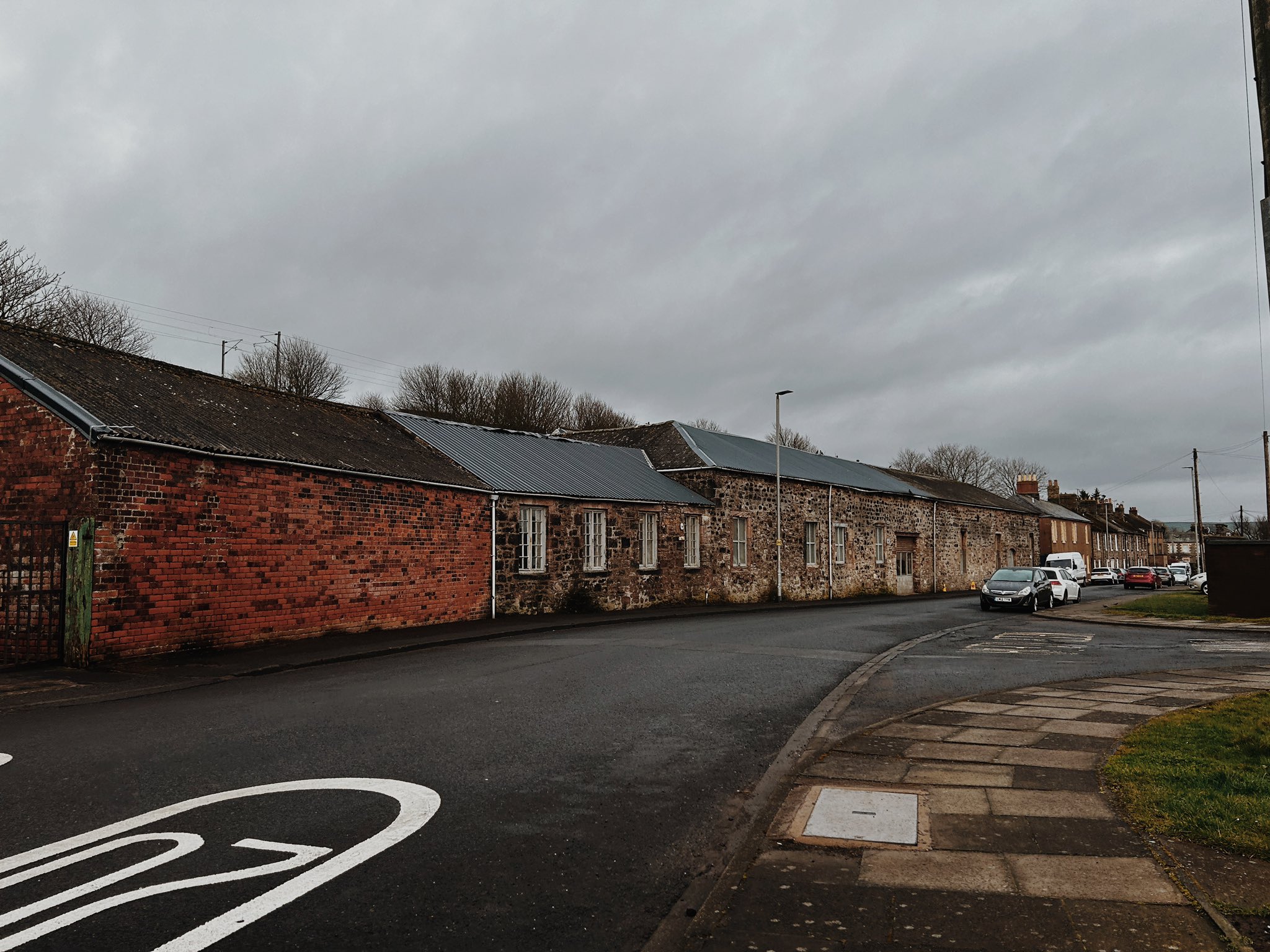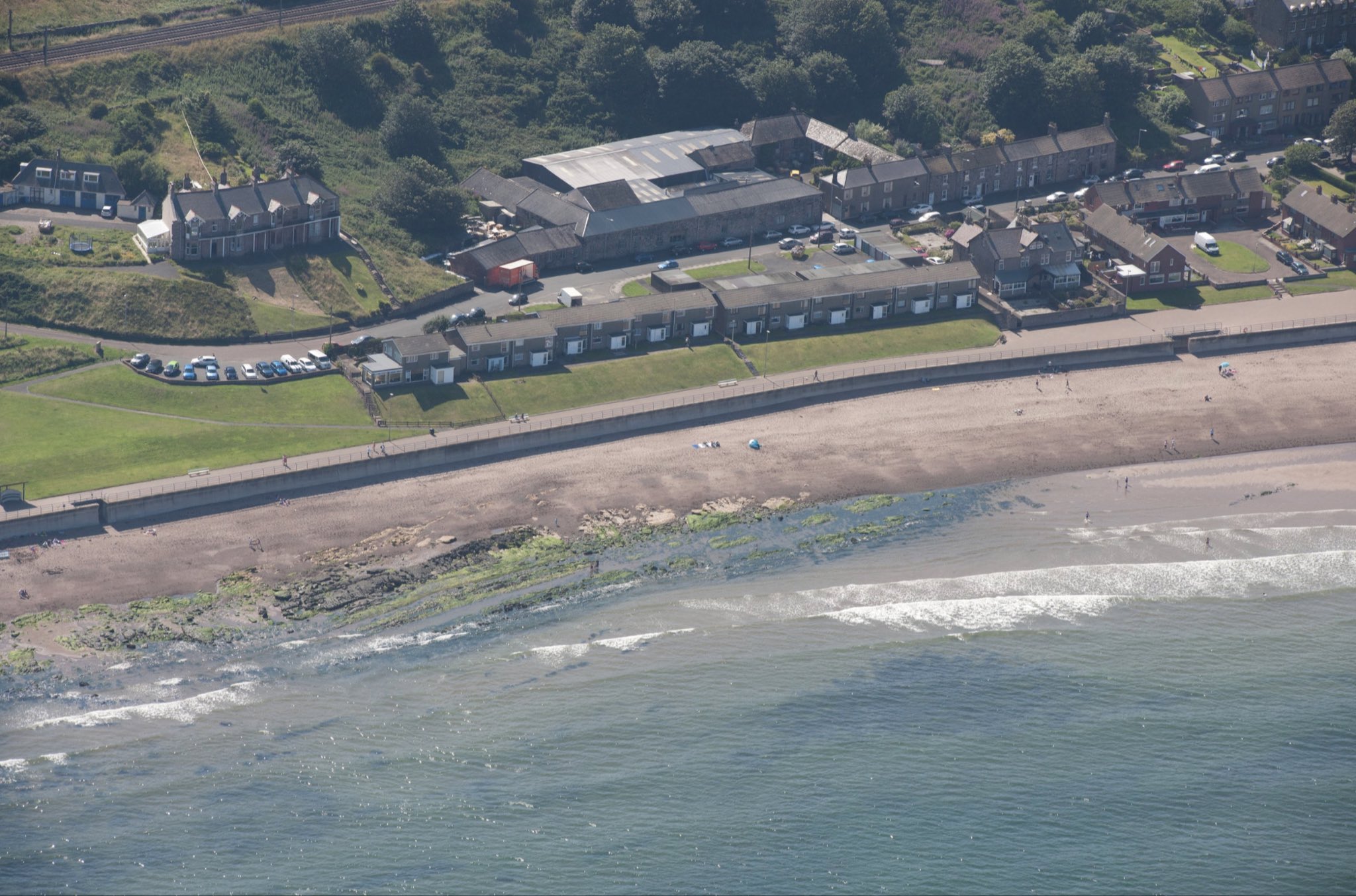
Spittal, Northumberland
Sea View Works
Last Updated:
17 Apr 2023
Spittal, Northumberland
This is a
Iron Works
55.753372, -1.988099
Founded in
Current status is
Extant
Designer (if known):

Now a printers
This quaint little stone building on Main Street was surprisingly a little iron works. The Sea View Works were opened by the 1850s complete with a plating shop, forge and handle making shop. They primarily made tools and shovels.
Contemporary newspaper reports suggest they were a very reputable business, having made products for the Prince of Wales and exported to Australia, the US and New Zealand in the 1880s. They made specialist tools for the Shetlands, which for some reason required custom shapes.
The owner was Messr T Black in the 1880s - he was originally from Swinton nr Coldstream, but set up a forge at Ford and made his way to Spittal which has survived since. In the 1880s,he employed between 80-90 men and boys to work here. It was likely one of the major employers of the village.
Listing Description (if available)


Both maps above illustrate Spittal in the 1860s and 1910s. The Sea View Works can be seen in the centre of both at the southern extremity of Spittal village. This was the era in which Spittal was growing thanks to the burgeoning industry around them, which includes the sea works. You'll see dwellings started to occupy the southern end of Main Street, as well as additions to the coastal side.
The iron works had also expanded, with additions to the southern wing and an extension on the eastern side. The buildings attached on the west may have been workers cottages or accommodation for the owners themselves.
It also appears the railway was further expanded - Tweedmouth Station and goods yard was significantly developed to accommodate industries which had grown as well as the Tweed Dock which was directly connected.

It appears Spittal had already reached its epoch in the 1910s, as little change is seen from them until the survey from 1938, just before the war. The quarry was still extant after falling out of use at least 20 years prior.

Photograph of the extant buildings in 2023.

Aerial photograph of the works in 2014. Source: Historic England, 2014
